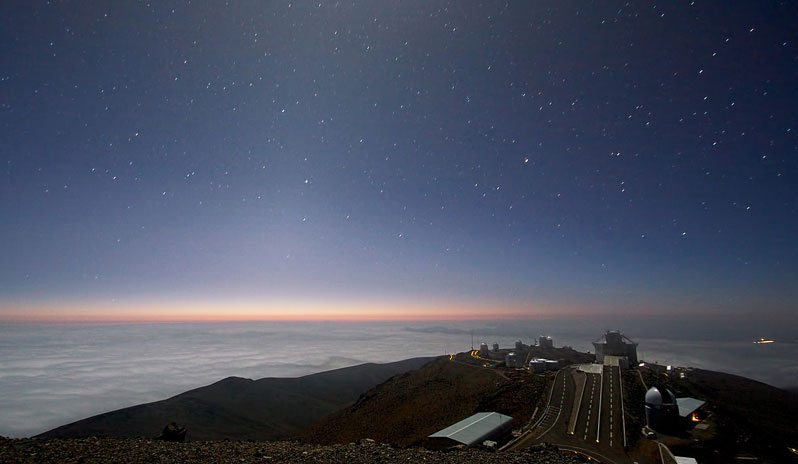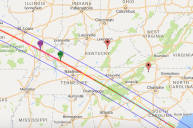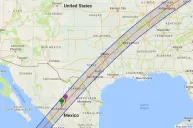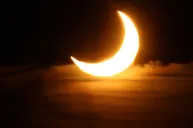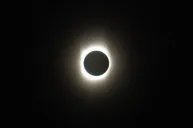Attention stargazers: for the next couple weeks, you can catch a glimpse of a cosmic spectacle. From March 14-28, star watchers in the northern hemisphere can observe a glow known as the Zodiacal Light or "false dawn."
The pyramid-shaped glow is caused by sunlight hitting space dust scattered between the planets along the sun's plane.
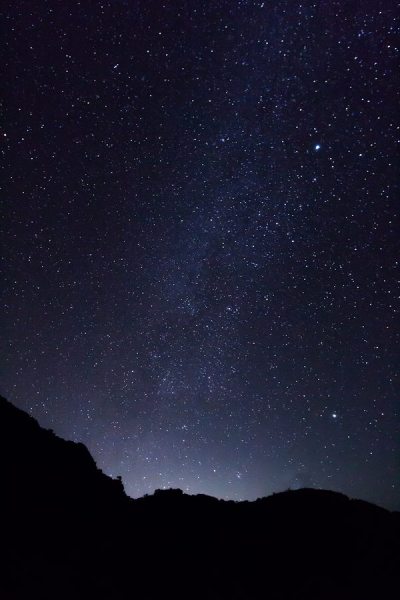
Zodiacal light above a mountain.
If you want to see this spectacle, you'll need to get far away from any cities and light pollution. The best time to observe the Zodiacal Light is roughly an hour after sunset along the western horizon. If you're in Texas, check out this list of the state's best spots to stargaze.
This summer, you'll get a chance to observe another cosmic phenomenon. In August, a total solar eclipse will be visible along a diagonal path across the U.S. The last one was visible 99 years ago, so this is one you don't want to miss.
